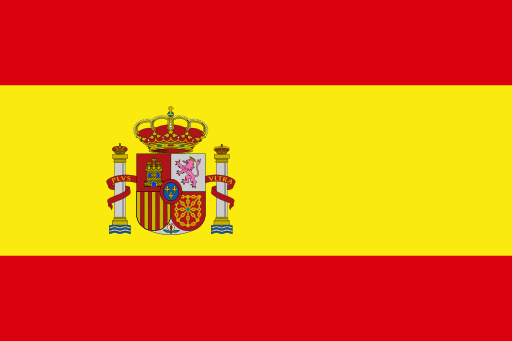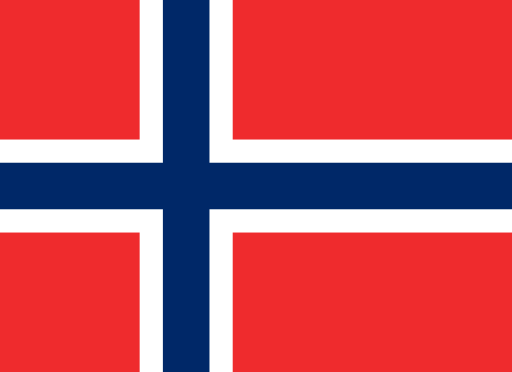|
|
 |
Articles
|
|
Modern Skiing
|
|
|
History
http://www.new-dating.com/search.php
|
Modern History of Skiing
Pioneer Sondre Norheim, from Morgedal in Telemark, has often been given the honour as the father of modern skiing, inventing the equipment and techniques that led to modern skiing as we see it today. There is no proof that he invented anything, but he proved an inspiration for generations. The story about Sondre as the father of modern skiing was largely constructed in Norway from the 1930s, especially in connection with the Olympic Winter Games in Oslo in 1952. Most of the inventions attributed to Norheim were known a long time before him.
Other people are also given credit in other locations. For example, carved into the cliff at Battle Creek Park in St. Paul, Minnesota is "Pete Dennison - Father of Skiing 1908-1988."
Events in the development of modern skiing include:
In the 17th century the baron of Valvasor wrote reports on skiing activities in Slovenia.
The usefulness of skis for military purpose speeded up their development and spread. The Norwegian military had skiing competitions from the 1670s.
The first known civilian ski race took place in Tromsø, Norway in 1843.
The Trysilgutten ski club was founded in 1861 in Trysil, Hedmark, Norway.
Skis were used in the Sierra Nevada gold fields in 1850 and later to ferry mail from Carson City, Nevada to Placerville, California in 1856, crossing 94 miles in 4 days. Downhill ski races (at up to 90 mph) were organized between competing mining camps by 1857, and hit their peak in 1869, under the rules of the Thompson Alpine Club.
In 1875, the first ski club, and two years later the first ski school were founded in Kristiania (now Oslo).
The Englishman William Cecil Slingsby, the "father of Norwegian mountaineering", helped inspire ski mountaineering after his crossing of the 1,550m high (5,800 feet) Keiser Pass, Norway, on skis in 1880.
In 1883 the German ski pioneer Paulcke crossed the Bernese Oberland in Switzerland on his Norwegian skis.
In 1888 the Austrian Max Kleinoschegg had his first attempts on skis on the Ruckerlberg near Graz.
Also in the year 1888, the Norwegian Fridtjof Nansen made the first crossing of Greenland, travelling from East to West on skis. The report on his expedition, Paa ski over Grønland, was published in 1890 in both Norwegian and English, and later in German. It aroused great interest in skiing in Europe and the United States, as well as creating a Norwegian national hero. From then on skiing was regularly in the news, and was soon adopted as a passtime and a sport by the wealthier classes of Europe, as well as being adopted by the military in several countries.
The first ski club in central Europe was founded at Munich, Germany, during the winter of 1890 to 1891.
In 1891 the Austrian hotelier Toni Schruf (in collaboration with Max Kleinoschnegg) ascended the Stuhleck (1782m) near Mürzzuschlag in the Semmering region, the first significant mountain in Austria which was ascended on skis.
The German Wilhelm von Arlt made the first ski ascent of a over 3,000m, when he climbed the Rauris Sonnblick (3,103m / 10,180 feet high) in 1894.
The first packaged ski holidays took place in 1903, to Adelboden, Switzerland, organised on a commercial basis by Sir Henry Lunn under the guise of the Public Schools Alpine Sports Club, which booked entire hotels. Winter holidays in Switzerland had become very popular with the British aristocracy since the first winter tourists to St Moritz in 1864.
A National Ski Tournament was held in Ishpeming, Michigan in 1905, including a 393 ft-high ski jump.
The predecessor to the downhill ski race, the Roberts of Kandahar Cup took place in Crans-Montana (Crans-sur-Sierre) in 1911, the cup donated by Lord Roberts of Kandahar.
The first(?) downhill race took place in 1921, organised by Sir Arnold Lunn for the British National Ski Championships, followed by the first modern slalom in 1922, also by Lunn.
1924 saw the foundation of the International Ski Federation in Chamonix, France.
The Rottefella (rat trap) lightweight toe binding was invented by Bror With of Norway. The binding was a great success at the St. Moritz olympics the following year, and has been, in various forms, the preferred cross country ski binding ever since.
In March 1928, downhill and the modern slalom events were combined for the first time to form the Arlberg-Kandahar open international alpine skiing competition, organised by Arnold Lunn and Hannes Schneider in St. Anton, Austria.
At the invitation of the FIS, the Ski Club of Great Britain organises downhill and slalom races in parallel with the 1928 Second Winter Olympics at St Moritz.
The first resort-based ski school in the U.S. was opened in Sugar Hill, New Hampshire in the 1929 (at that time part of Lisbon, by Katharine "Kate" Peckett, with her husband, Austrian immigrant ski instructor Sig Buchmayer. The same year, organized ski trains from Boston began running to the White Mountains of New Hampshire, where summer tourist trains had been going for decades.
Ski jumping and cross-country competition were events in the 1932 winter Olympics, held at Lake Placid, New York.
First rope-tow in America was invented in 1932, by Alex Foster and operated at Shawbridge, Quebec, using an old automobile with the rope looped around a wheel rim. Similar device copied and used in the U.S. in 1934, in Woodstock, Vermont.
First aluminum skis 1934, France.
T-bar implemened at Davos in 1935, outgrowth of J-bar invented same year by Dartmouth Outing Club of Hanover, New Hampshire (first overhead-cable ski lift).
First heel-grip cable binding implemented in 1935 by Kandahar.
World's first overhead chair lift built at Sun Valley, Idaho in 1936.
Third Winter Games of Olympics, at Garmisch 1936, include world's first alpine events: downhill and combined slalom.
First U.S. aerial tramway, installed at Cannon Mountain, New Hampshire in 1938.
Artificially made snow, 1952 at Grossinger's in New York.
Fiberglass skis successfully marketed in 1960 by Kneissl, Plymold, Sailer.
All-plastic boots introduced by Lange in 1964.
The NNN (New Nordic Norm) toe binding was introduced by Rottefella in 1985. It was an improvement on earlier toe bindings in that the ski boot soles and bindings were carefully adapted to each other.
|
History
http://www.new-dating.com/search.php
|
|
|






